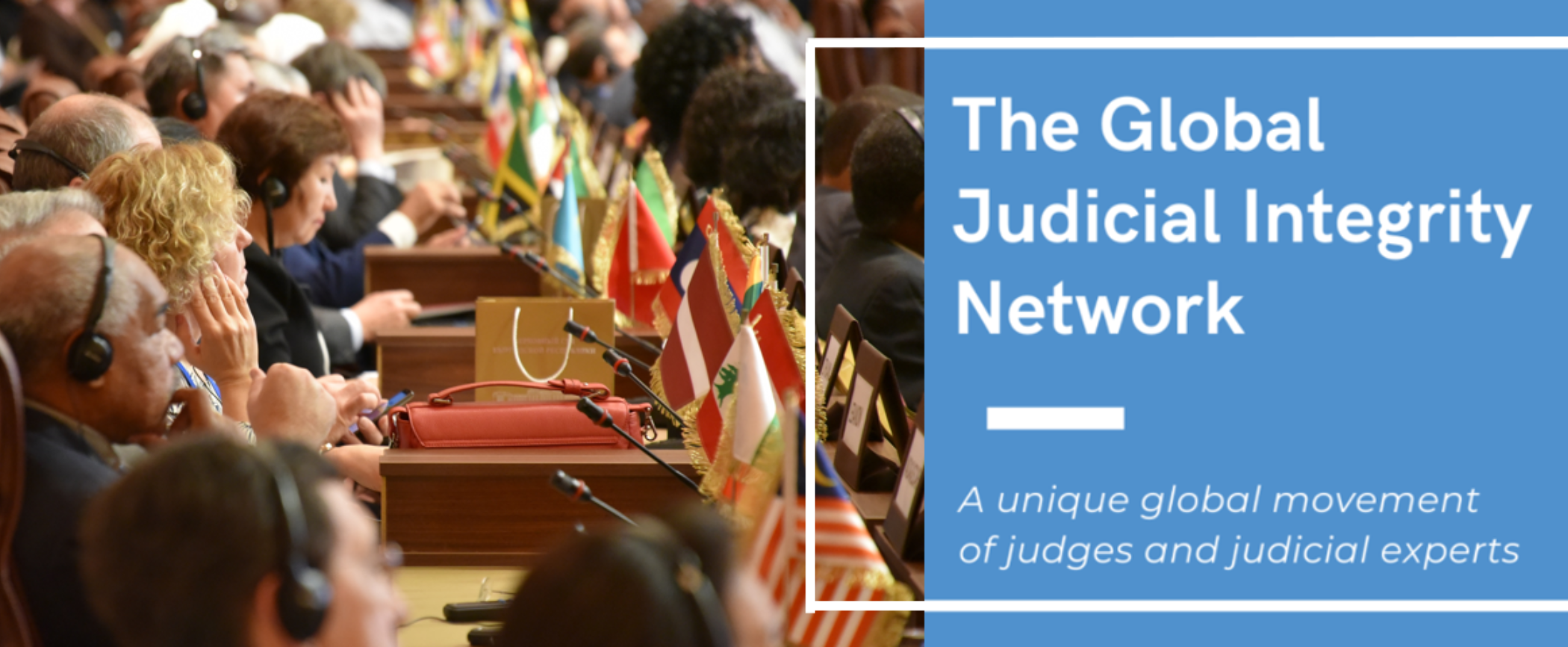Global Judicial Integrity Network
Corruption in the justice system - whether actual or perceived - poses a real threat to confidence in the rule of law.
The Global Judicial Integrity Network aims to assist judiciaries across the globe in strengthening judicial integrity and preventing corruption in the justice sector, in line with article 11 of the United Nations Convention against Corruption.
UNODC has been providing assistance to Member States in strengthening judicial integrity, accountability and professionalism since 2000, by supporting the development of the Bangalore Principles of Judicial Conduct and producing various tools to help judiciaries to that effect.






